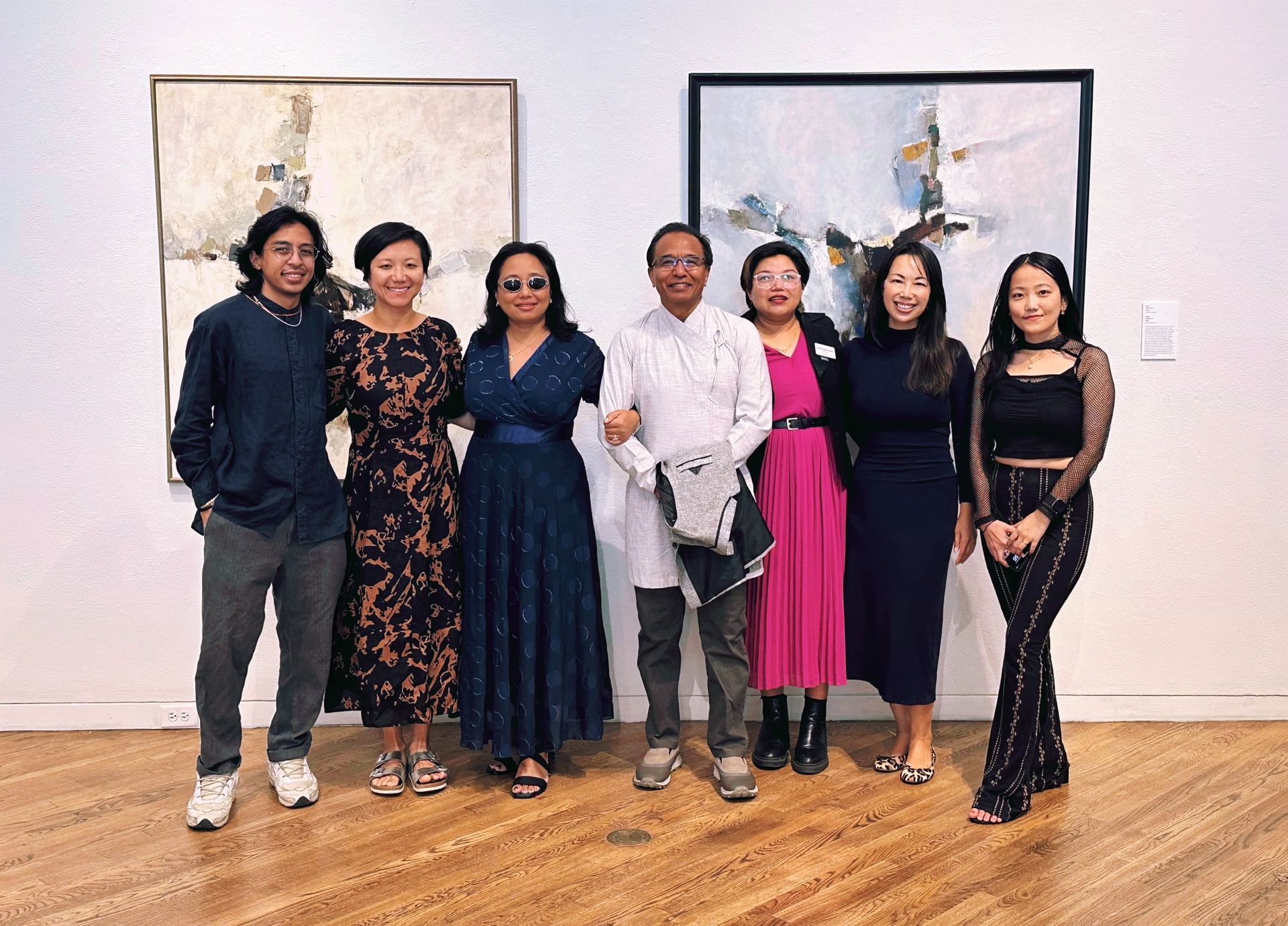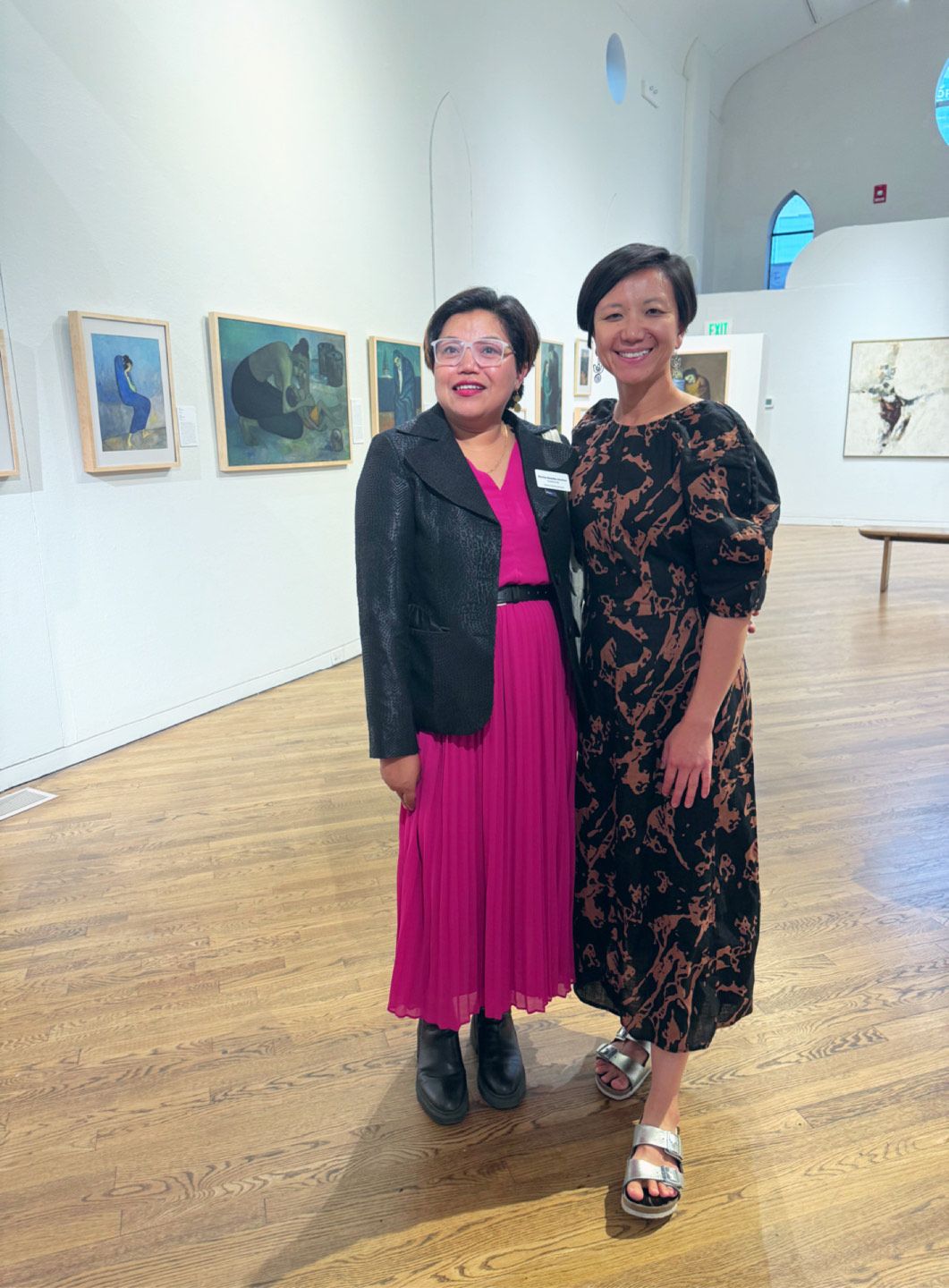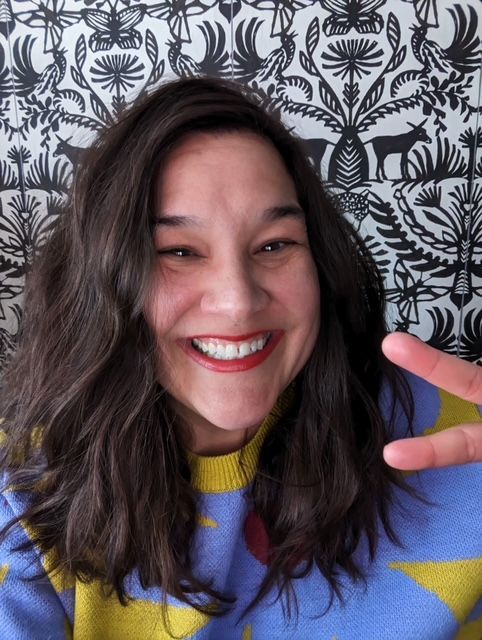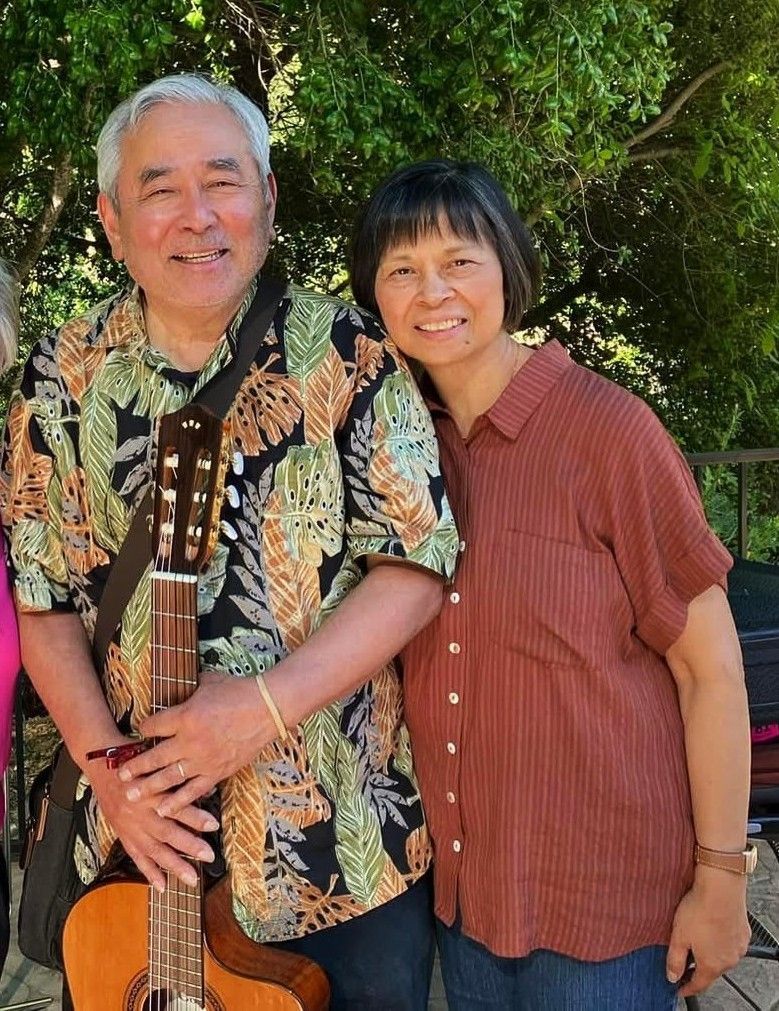
Curated by Yang Wang, an Associate Professor of Art History at the University of Colorado Denver, Homeland and Beyond features the paintings of Lain Singh Bangdel, widely regarded as the father of modern art in Nepal.
Lain Singh Bangdel (1919–2002), often hailed as the father of modern art in Nepal, is finally stepping into another international spotlight more than two decades after his passing. A painter, novelist, and art historian, Bangdel’s career spanned five decades and four countries, yet his name remained largely uncelebrated outside Nepal—even though he once moved in the same artistic circles as Pablo Picasso and Georges Braque.
That narrative is shifting with Homeland: Nepali Modernism and the Art of Lain Singh Bangdel, a traveling solo exhibition curated by Yang Wang. After debuting in New York and Houston in 2022 and moving on to London in 2023, the exhibition is now showing at The Emmanuel Gallery at CU Denver, where it will remain on display through December 13.
The Denver opening on September 25, drew a packed house of art lovers, students, and the city’s cultural leaders—an enthusiastic testament to the resonance of Bangdel’s work across audiences. It offers one of the rare opportunities for American viewers to encounter his art firsthand.
Supported by CU Denver and the Colorado Nepalese Community, the show captures the breadth of Bangdel’s modernist explorations—expressionism, cubism, and abstraction— alongside deeply rooted connections to his homeland.
The exhibition includes striking landscapes of mist-shrouded Himalayan peaks and Nepali village homes, as well as figurative works depicting everyday life, from flute players to mothers carrying children. His rare nude studies, produced both in Nepal and abroad, highlight his boldness as a pioneer. Among the highlights is a 1989 self-portrait: the artist, eyes closed, wears a quiet smile of fulfillment after a lifetime devoted to creativity.
One particularly evocative section features Bangdel’s 1959 Muna Madan series, inspired by Laxmi Prasad Devkota’s beloved Nepali ballad and Bangdel’s own long-distance relationship with his wife, Manu Thapa. Living in Paris while Manu worked as a nurse in London, Bangdel infused the paintings with both personal longing and cultural resonance.
Borrowing from Picasso’s Blue Period, the figures possess elongated limbs and lyrical bodies that stretch toward one another yet remain apart. Their gazes turn downward, heavy with inner grief, while the colors transition from bright and vivid to muted and faded as the story moves from love’s union to tragic separation. In these canvases, Bangdel translated the melancholy of distance into a universal modernist language.
For decades, the stewardship of Bangdel’s legacy belonged to his daughter, art historian Dina Bangdel. Following her passing in 2017, that responsibility has been carried forward by her husband, Bibhakar Shakya, who manages the artist’s estate. “He is a national treasure,” Shakya says. “He introduced modern art in Nepal, and his wish was that people should see his art, be inspired by it, and learn from it—both in Nepal and around the world.”
Curator Yang Wang hopes to bring more recognition of Bangdel’s art outside of Nepal, positioning Bangdel as an essential figure in the broader story of South Asian and global modernism. “Representation matters,” said Binisha Shrestha, CEO and founder of the Colorado Nepalese Community. “I am utterly pleased to be part of this rare opportunity to present Nepal and Nepali arts to the world, be it in any form.”
For the Nepali diaspora in Denver, the exhibition is not only an artistic milestone but also a proud moment of cultural representation and belonging. With each new exhibition, Bangdel’s vision and legacy move closer to the global recognition they deserve—ensuring that the pioneering artist who brought modernism to Nepal will no longer remain an unsung hero.

Discover More Features






